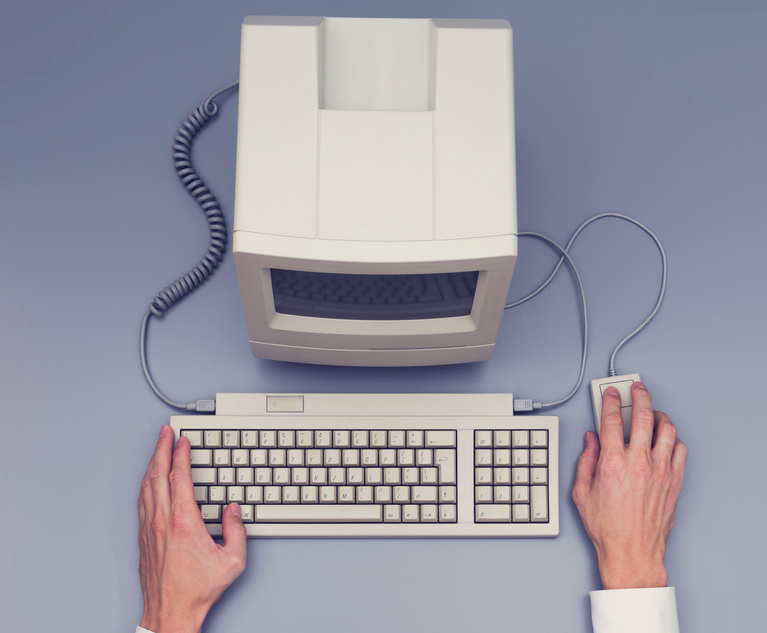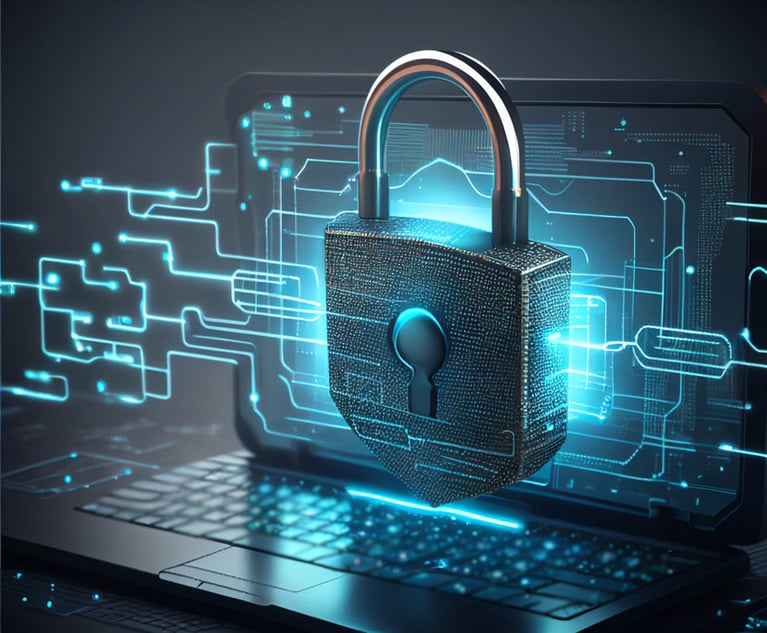With the aggressive pace of technological change and the onslaught of news regarding data breaches, cyber-attacks, and technological threats to privacy and security, it is easy to assume these are fundamentally new threats. The pace of technological change is slower than it feels, and many seemingly new categories of threats have been with us longer than we remember. Nervous System is a monthly series that approaches issues of data privacy and cyber security from the context of history—to look to the past for clues about how to interpret the present and prepare for the future.
In the 1990s, Oracle Corporation found itself embroiled in litigation regarding accusations that cofounder Larry Ellison had orchestrated the firing of a junior staffer after she rebuffed his advances. Adelyn Lee’s lawsuit hinged in large part on a “smoking gun” email between her supervisor and Ellison that indicated Ellison had directed her termination. As a piece of evidence, this email became a highly disputed document. The supervisor insisted he had never sent the message, but it had been gathered from the company’s email servers during the course of discovery. It was therefore considered a real email, sent from one account to another on a certain date and time. If it was fraudulent, the fraud existed in who had written it, and why—but how would one go about proving who was at the keyboard?


 Credit: bramgino/Adobe Stock
Credit: bramgino/Adobe Stock




